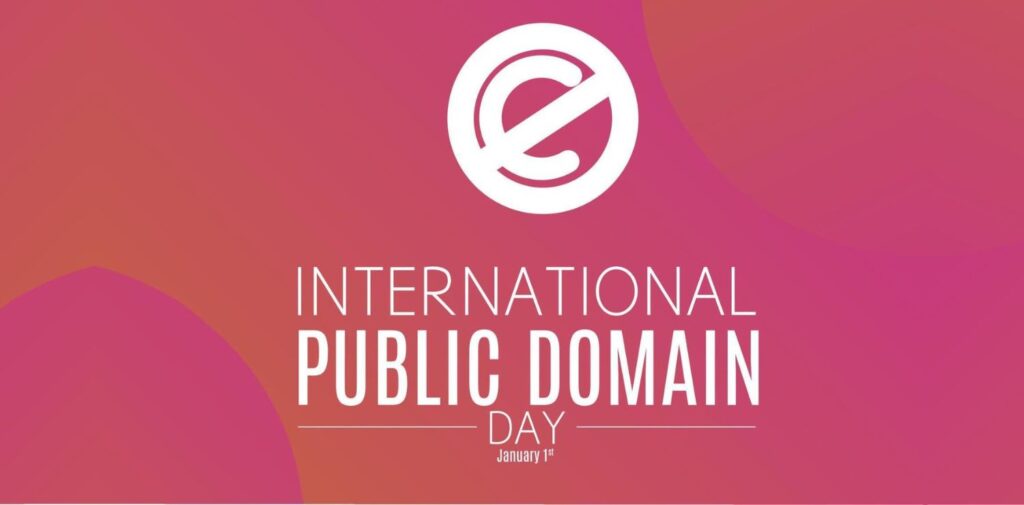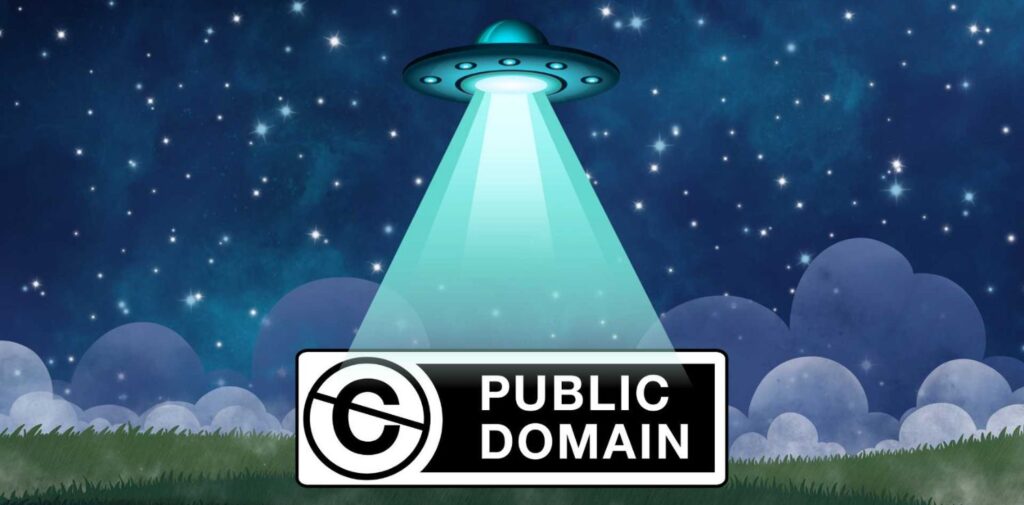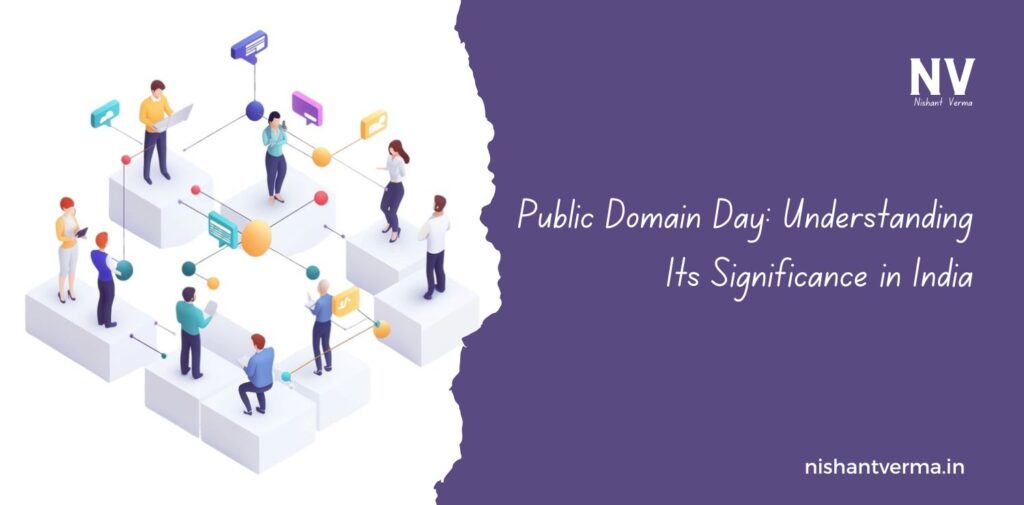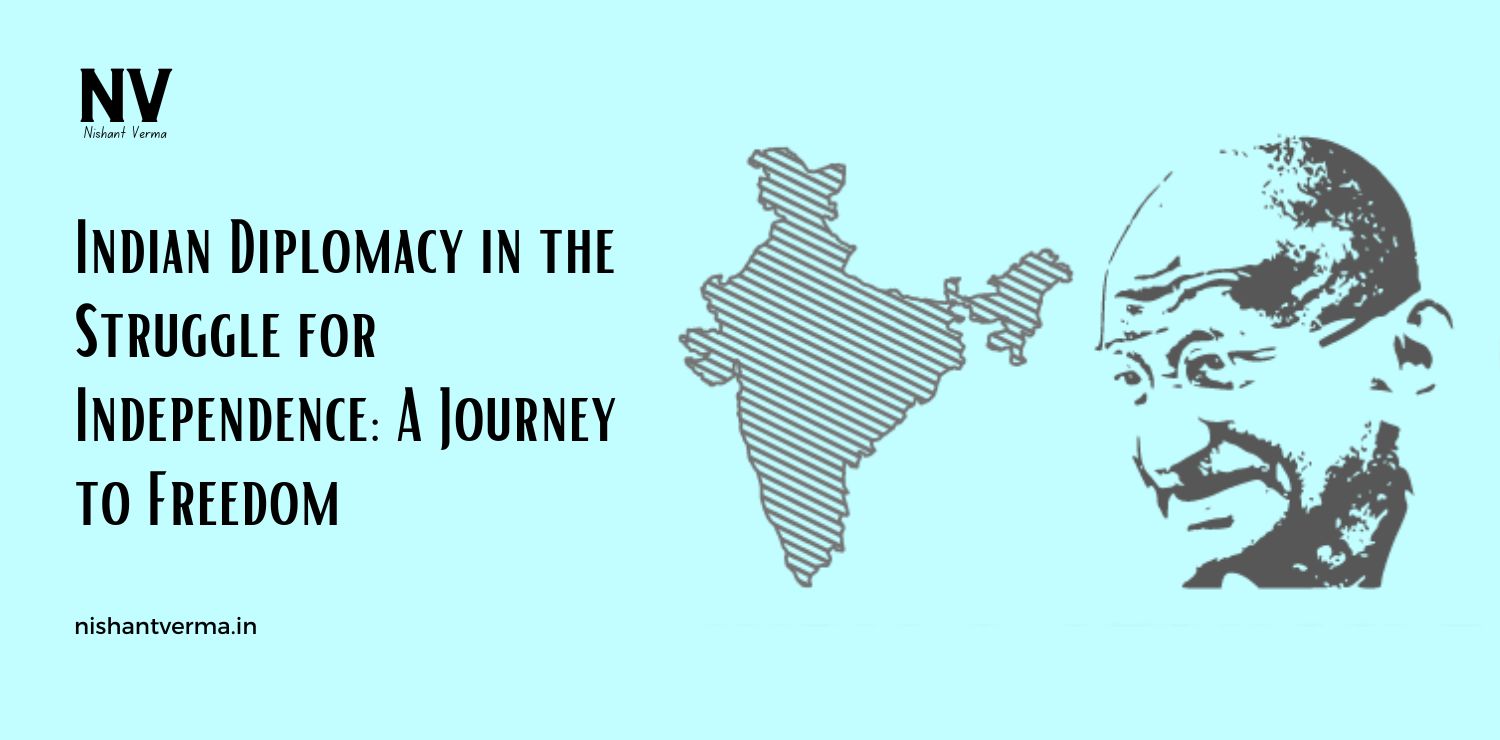Every year, on January 1st, the world celebrates Public Domain Day. This day holds great significance for creators, artists, educators, and anyone who loves books, music, movies, and art. Public Domain Day marks the moment when certain works of art, literature, and other creations become free for everyone to use. These works are no longer protected by copyright and can be shared, copied, and transformed by anyone without seeking permission or paying royalties. In this article, we will explore the meaning of Public Domain Day and its importance, particularly in the context of India.
What is Public Domain?
To understand Public Domain Day, let’s first understand what “public domain” means. The public domain refers to works that are no longer protected by copyright laws. Copyright is a law that gives the creator of an original work exclusive rights to its use, but after a certain period, these works enter the public domain, making them available for public use. This means anyone can use, adapt, and share them freely.
For example, if a book, film, or piece of music is in the public domain, people can reproduce it, make new versions, or even use it for commercial purposes without having to pay the creator or their heirs. Public domain works become part of a cultural heritage that is available to everyone.

Why Does Public Domain Matter?
Public domain is essential for several reasons:
- Cultural Enrichment: When works enter the public domain, they can inspire new generations of artists, writers, and musicians. People can take these older works and create something new, giving them a fresh life.
- Education: Teachers and students can use public domain works in educational settings. These resources can be freely shared without any legal hurdles, making education more accessible.
- Preservation of History: Public domain works allow us to preserve our cultural history. Many classic works of literature, music, and art can be lost over time, but once they are in the public domain, they are preserved for future generations to enjoy and study.
- Economic Benefits: New creators can use public domain works as a foundation for their own projects. This helps in building new businesses and opportunities for creators, designers, filmmakers, and others, without the burden of licensing fees.
How Does Copyright Work in India?
In India, copyright law is governed by the Copyright Act of 1957. Under this law, a creator’s work is protected by copyright for a specific period, typically the lifetime of the creator plus 60 years. After this period, the work enters the public domain. However, works created by the government or works that were never copyrighted (such as some older folk songs or traditional knowledge) may already be in the public domain.
For instance, works created before 1957, such as those by famous Indian writers like Rabindranath Tagore or classical music compositions, are now in the public domain. These works can be accessed freely by anyone.
In India, the Copyright Act follows international guidelines laid out by the Berne Convention for the Protection of Literary and Artistic Works, an international agreement that protects creators’ rights across countries.

What Happens on Public Domain Day?
Public Domain Day, celebrated on January 1st each year, marks the moment when works created a certain number of years ago (usually 70 years) enter the public domain. For example, on January 1st, 2024, works published in 1953 will enter the public domain. This includes books, movies, songs, photographs, and any other creative work.
Each year, new works enter the public domain, and many of these works are considered culturally significant. For example, in 2024, works by famous authors, filmmakers, and musicians from the 1950s will become freely available. Some of the works that entered the public domain in 2023 included literary works by famous authors like Virginia Woolf, and music compositions by influential composers.
For India, This Day is important as it makes iconic works of literature, music, and film accessible to a larger audience. It offers opportunities to revisit the cultural works of the past, study them in a new light, and even adapt them for contemporary audiences.
What Does This Mean for Indian Creators?
For Indian creators, Public Domain Day offers an opportunity to reuse older works and create new ones. A popular example is the adaptation of older Indian literary works into movies, plays, or musicals. Famous authors like Rabindranath Tagore and R. K. Narayan have written works that are now in the public domain, and filmmakers can use these stories to create modern adaptations or remakes.
Moreover, public domain works can be an excellent source of inspiration for Indian musicians, artists, and designers. Classical Indian music compositions, folk songs, and other traditional works that have entered the public domain can be remixed, rearranged, and shared without legal restrictions. This allows for greater creativity and innovation in Indian art and culture.
The Role of Technology in Public Domain
In the digital age, technology plays an important role in spreading public domain works. With the internet, it is easier than ever to access old books, films, and music. Online platforms like Project Gutenberg or Internet Archive provide free access to public domain books and other media, including many works that are particularly important in the Indian context.
For example, many works of classic Indian literature, including those by writers like Bankim Chandra Chattopadhyay and Sarojini Naidu, are now available online for free. Technology allows these works to reach a global audience and ensures that they are not lost over time.

Challenges and the Future of Public Domain in India
While the concept of public domain is important, India faces some challenges when it comes to ensuring that cultural works enter the public domain. Many works, especially those created in the 20th century, may still be under copyright protection, meaning they cannot be freely shared or adapted. This is especially true for films, television shows, and newer books.
Additionally, there is a debate in India about how long works should remain under copyright. Some people believe that copyright should last longer to protect the rights of creators and their families. However, others argue that extending copyright for too long prevents the free flow of culture and knowledge.
India needs to strike a balance between protecting creators’ rights and ensuring that cultural works can eventually enter the public domain for the benefit of society.
Conclusion
Public Domain Day, celebrated on January 1st, is a reminder of the importance of free access to culture and knowledge. It allows people around the world, including in India, to revisit and remix the works of the past. For creators, educators, and students, public domain is a treasure trove of resources. As more and more works enter the public domain, the possibilities for creativity, learning, and cultural exchange continue to expand.
In India, Public Domain Day is an opportunity to reflect on our rich cultural heritage and to consider how we can use these freely available works to enrich our society and inspire the next generation of creators.




